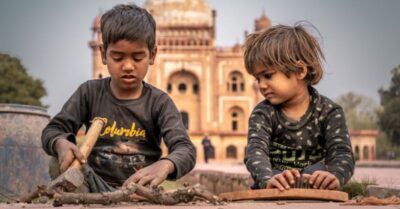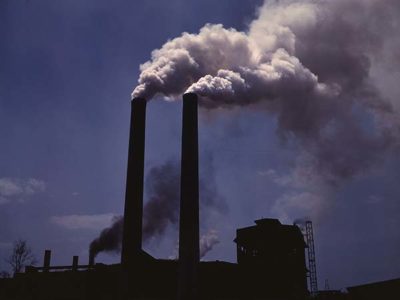
Nearly Half of India’s Population Faces Declining Standards of Living Due To Climate Change- World Bank
According to a first-of-its-kind World Bank study, soaring temperatures, changing monsoon and rainfall patterns arising from climate change could cost India 2.8 percent of GDP and severely impact the living standards of nearly half of the country’s population by 2050. Chhattisgarh and Madhya Pradesh are predicted to be the top two climate hotspot states and are likely to experience a decline of more than 9 percent in their living standards.
The study, “South Asia’s Hotspots: The Impact of Temperature and Precipitation Changes on Living Standards”, says that almost half of South Asia’s population, including India, will suffer from declining living standards.
The study predicts poor agricultural yields, lower labour productivity and related health impacts in the hotspot regions even if preventive measures are taken along the lines of those recommended by the Paris Climate Change Agreement of 2015.
The work scientifically identifies vulnerable states and districts as “hotspots” using spatial granular climate and household data analysis.
The report defines hotspot as a location where changes in average temperature and precipitation will have a negative effect on living standards. States in the central, northern and north-western parts of India emerge as most vulnerable to changes in average temperature and precipitation. Approximately 600 million people live in locations that could either become moderate or severe hotspots by 2050.
Chhattisgarh and Madhya Pradesh are the top two climate hotspot states, followed by Rajasthan, Uttar Pradesh, and Maharashtra. Seven out of the top 10 most-affected hotspot districts will belong to the Vidarbha region of Maharashtra.
“These weather changes will result in lower per capita consumption levels that could further increase poverty and inequality in one of the poorest regions of the world, South Asia,” says report author Muthukumara Mani, a leading economist. “Identifying hotspots will help policymakers in finding specific locations and household types where resources are needed the most to address the rising risk to living standards.”
To offset the negative economic impact in India, for example, the analysis suggests enhancing educational attainment, reducing water stress, and improving job opportunities in the nonagricultural sectors. The analysis predicts that a 30 percent improvement on these measures could halt the decline in living standards by almost 1 percent from -2.8 percent to -1.9 percent.
Muthukumara Mani adds: “Development is indeed the best adaptation strategy, since it is associated with improved infrastructure, market-oriented reforms, enhanced human capabilities, and a stronger institutional capacity to respond to the increasing threat of climate change and natural disasters.”
AT A GLANCE
Source: World Bank Study
Threat: Climate Change
Impact: Dent in India’s GDP by 2.8 percent
Hotspots: Vidarbha region, Chhattisgarh, Madhya Pradesh
Suggestions To Offset Negative Impact: Enhancing education, reducing water stress and improving job opportunities in nonagricultural sectors




